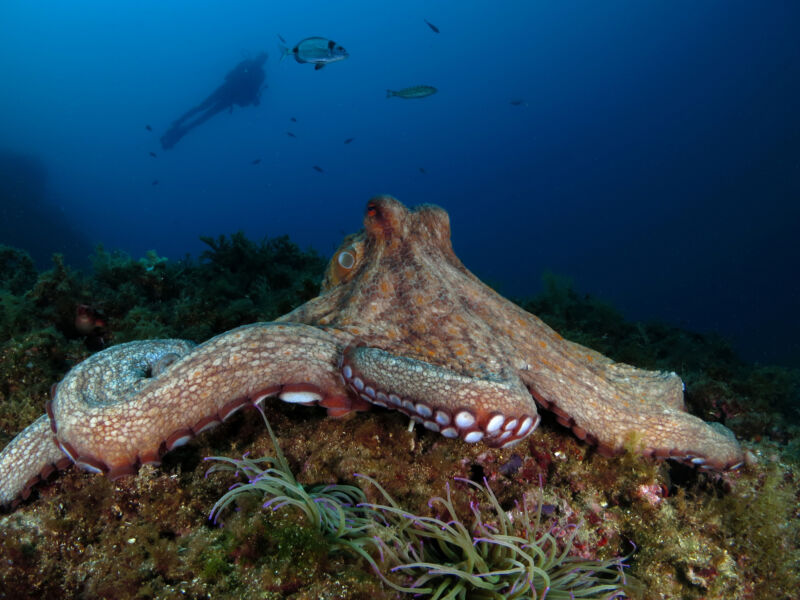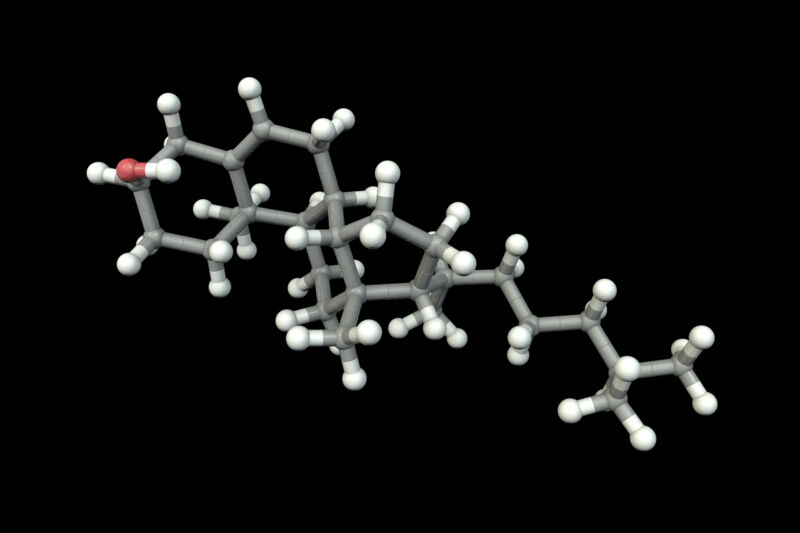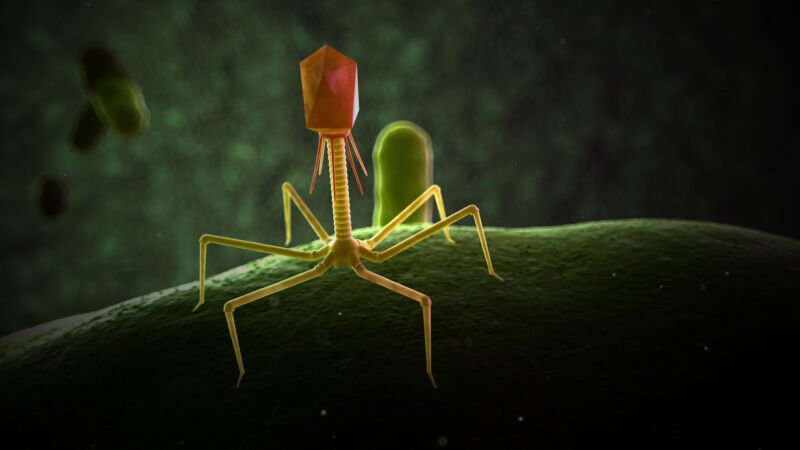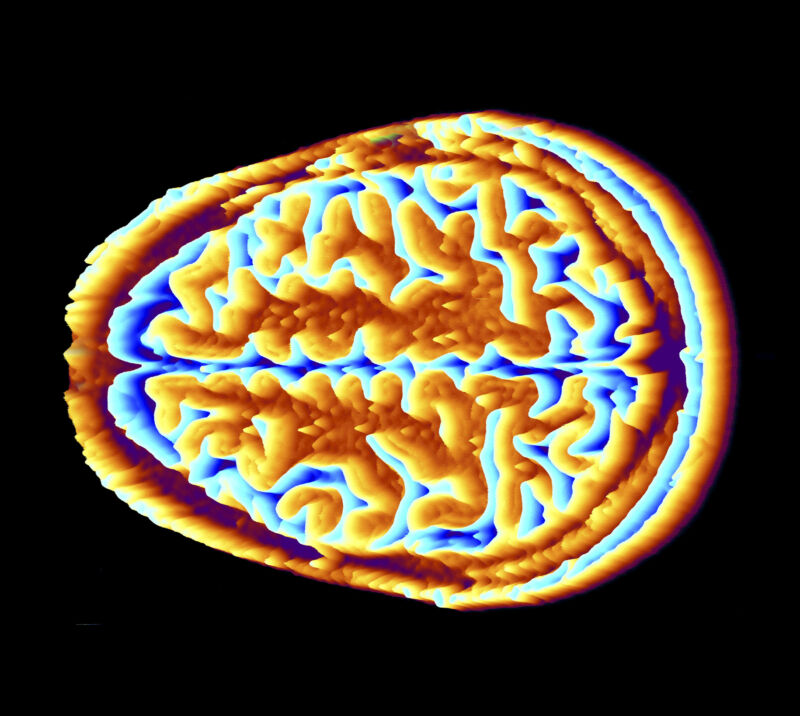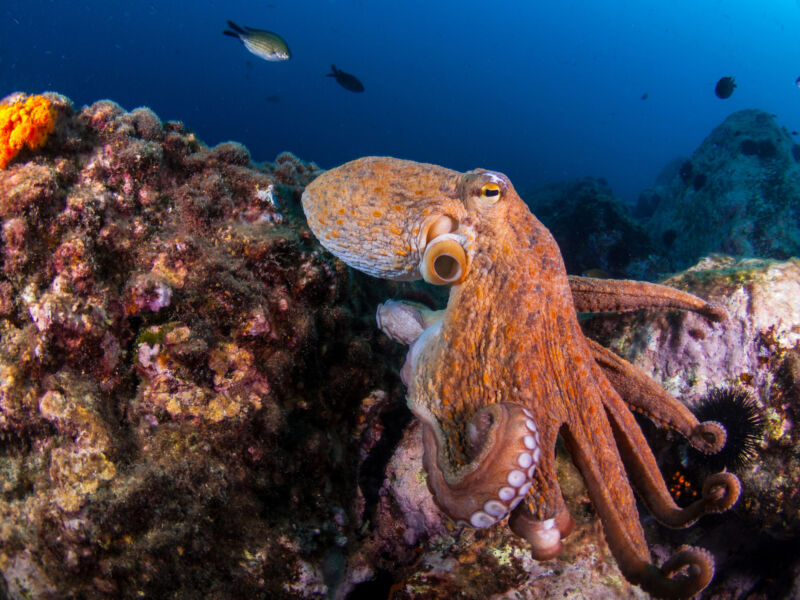-
 chevron_right
chevron_right
Smelling in stereo—a surprising find on a fossilized shark
news.movim.eu / ArsTechnica · Thursday, 6 July, 2023 - 20:58 · 1 minute
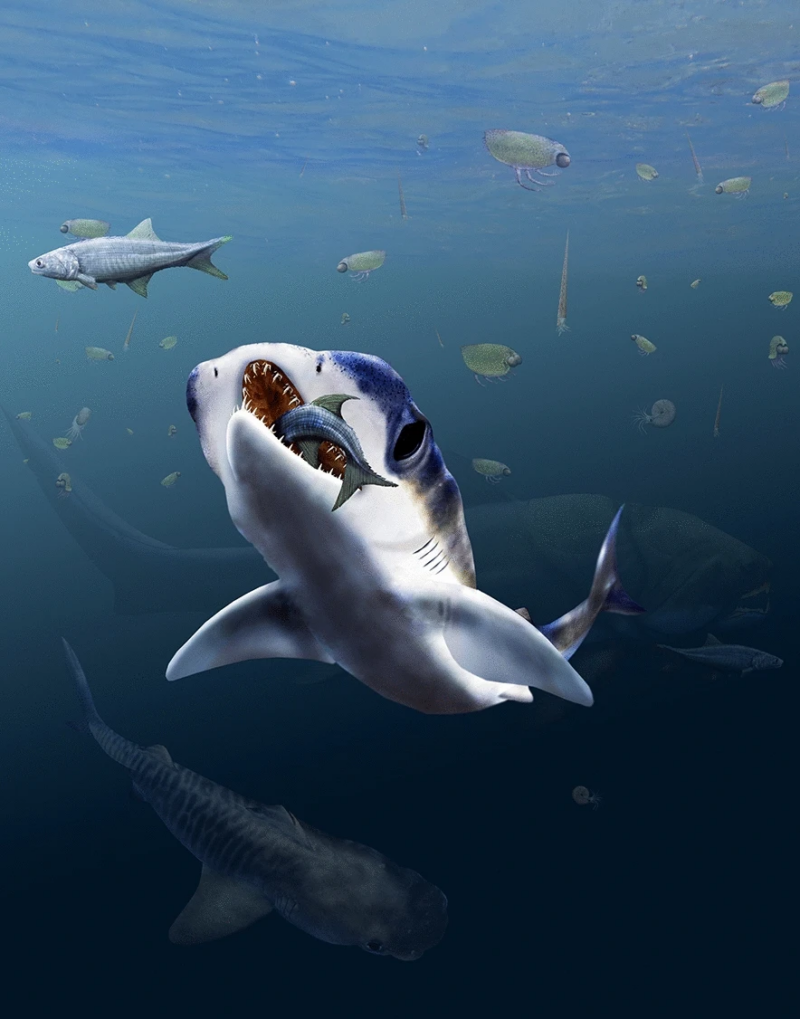
Enlarge / Artist's reconstruction of the shark as it once lived. (credit: Klug et. al. )
Sharks are largely cartilaginous, a body structure that often doesn’t survive fossilization. But in a paper published in the Swiss Journal of Paleontology, scientists describe an entirely new species of primitive shark from the Late Devonian period, a time when they were just beginning to proliferate in ancient oceans.
The team found several exceptionally well-preserved fossils that include soft tissues such as scales, musculature, digestive tract, liver, and blood vessel imprints. Also preserved: the species’ most distinct feature, widely separated nasal organs, somewhat akin to those on today’s hammerhead sharks. The find suggests that sharks’ finely tuned sense of smell, the subject of urban legends, was already being selected for just as these predators were becoming established.
A key time and a rare find
Christian Klug is the lead author and curator of the Paleontological Institute and Museum at Zurich University. He explained the significance of the Devonian period in the oceans’ history, when life was flourishing and an evolutionary arms race was in full swing. “With increasing competition among predators inhabiting the water column, the entire organism was selected for more efficiency,” he explained. “This affected swimming abilities, feeding apparatus, but also the sensory systems, which are essential to detect prey, to orient themselves in space, and to escape from even larger predators such as the huge placoderm Dunkleosteus and the equally large shark Ctenacanthus .”

